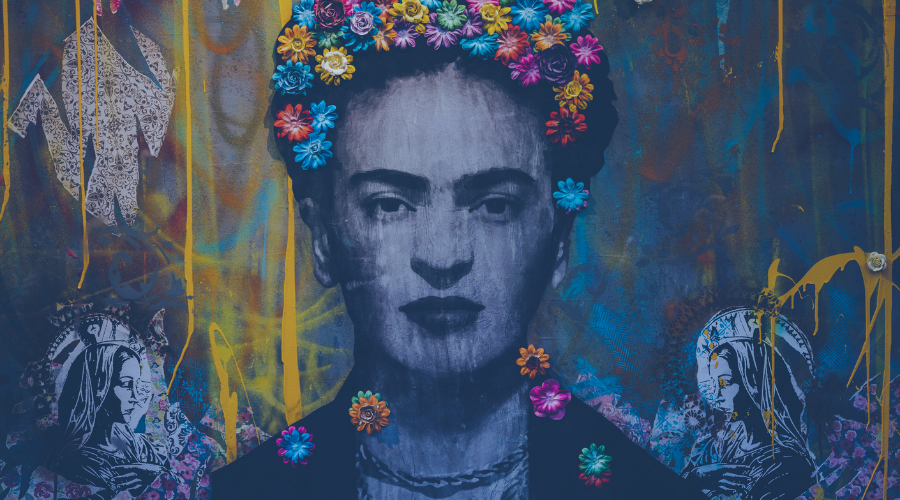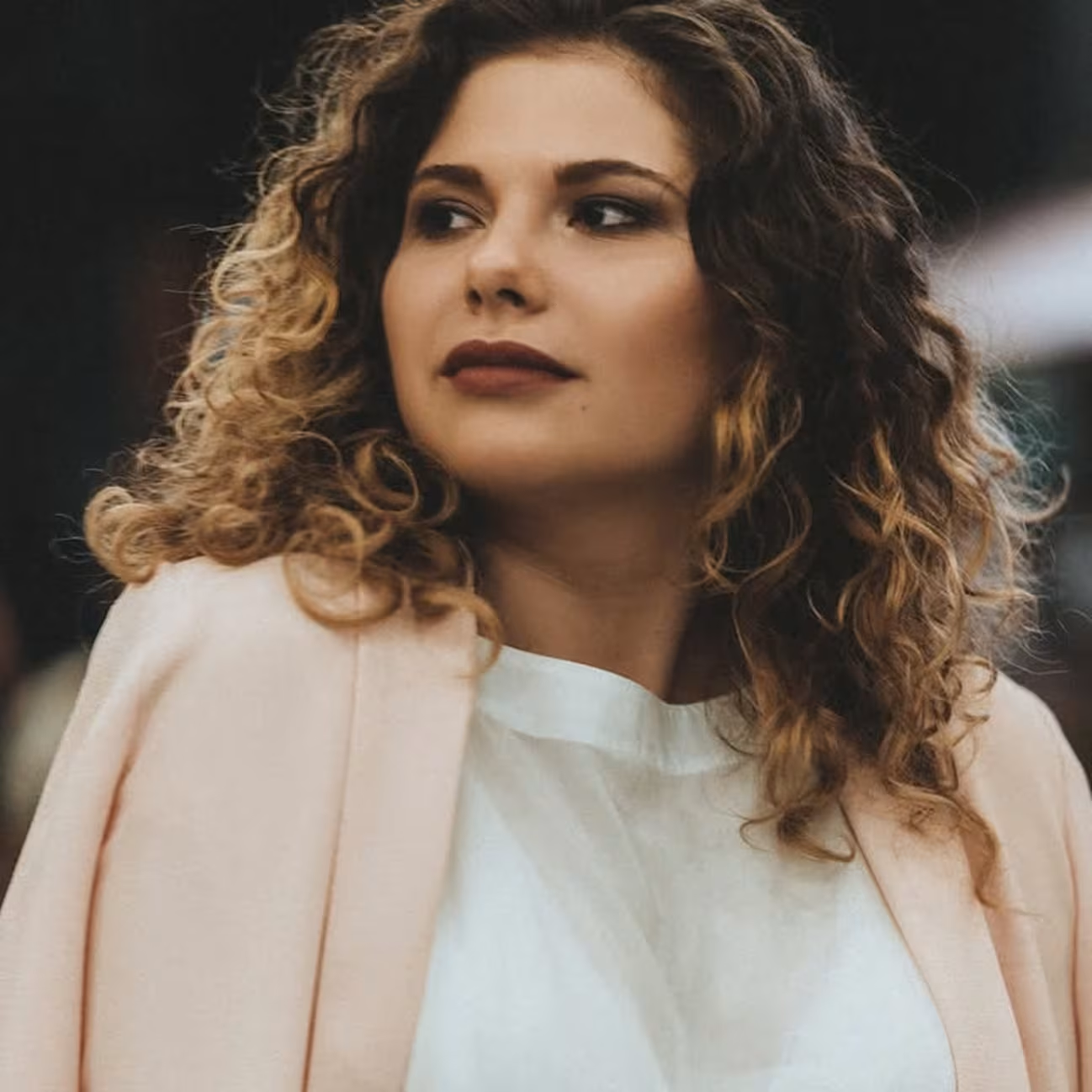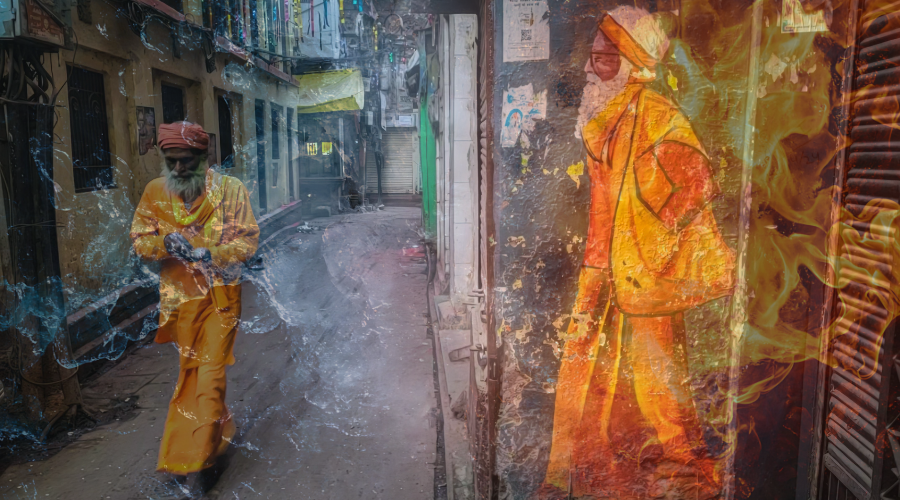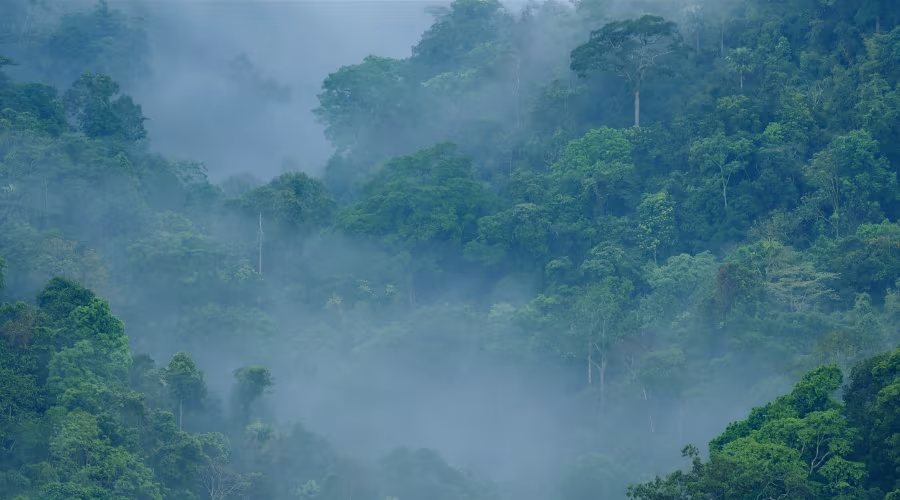I choose not to be creative—at least sometimes.
Every day brings problems that demand novelty. Something that seems to need a different approach. Something that calls for divergent thinking. Something that asks for a new perspective. It can be a work challenge or a personal issue—it doesn’t matter. The expectation is that it gets solved, with no sign that it was hard or exhausting. It just exists.
The truth is, there are endless conversations about creativity in both business and academic contexts. But creativity exhaustion is rarely mentioned. The exhaustion of creating by inertia—without spark, without joy.
The question I found myself asking was:
“Can something just have a boring and normal solution?”
And I froze. Creativity shouldn’t feel like an obligation. A demand, maybe. But not an obligation.
I want to celebrate my capacity to create—not dread an unexpected turn that requires a non-standard solution. What has happened to me?
Let’s look at my example and explore how someone can end up here.
I’ve noticed that everywhere I turn, creativity is framed as a non-negotiable requirement. “Be innovative.” “Think outside the box.” “Stand out.”
These aren’t suggestions—they’re expectations. Over half of companies say creativity is their top hiring priority. At work, brainstorming sessions feel like tests of ingenuity. In school, originality is the ultimate badge of competence. Even in casual conversations, people’s worth often seems tied to how interesting, novel, or inventive their ideas are.
People talk about creativity like it’s a faucet you can turn on at will. But the faucet leaks. Each forced brainstorm, every all-hands “ideation session,” every late-night attempt to invent a marketing stunt when my head was tired—it all drains me. Creativity is not a hygiene checkbox. It’s a kind of energy. And like any energy, it needs replenishment and wise allocation.
So I decided: I will reclaim creation as freedom, not duty.
How? Well, that’s the question.
The change had to be strategic and long-lasting. So I began my research… step by step, slowly but surely.
First, I watched myself. For three weeks I kept a quiet log: the small asks that demanded new thinking, the times I recoiled at the word “brainstorm,” the moments when my best ideas slipped away like sand through my fingers. I tracked the day, the task, my energy level, and—most importantly—whether the problem truly required novelty or whether I was just confusing novelty with attention.
What I found surprised me: more than half the “creative” problems in my log weren’t new at all. They were old problems dressed up in new words. They wanted repeatable, predictable answers. And I had been treating them like emergencies.
So I made a choice: not to be creative, at least not all the time.
Not because I was giving up, but because I wanted my inventiveness to mean something again.
Here are the lessons I learned and the small systems I built, so creativity stopped being a guilt-laden command and became, once again, a voluntary gift.
1. Give yourself permission to be ordinary
This was the hardest part. We treat “ordinary” like failure, when it’s often the right answer.
I stopped equating my value with how original my ideas were. I’m still the person who can sketch a new path when needed. Choosing not to be creative is not defeat—it’s a strategic use of my best self.
2. Triage the problem before you “innovate”
Not every problem deserves the same treatment. I began sorting my work into three buckets:
- Routine: Problems with known, repeatable solutions.
- Variant: Familiar problems that need adaptation.
- Novel: Problems that truly need divergent thinking and risk.
This simple triage changed everything. When something was Routine, I gave myself permission to use an ordinary solution—templates, old playbooks, automation. When it was Variant, I adapted instead of reinventing—small tweaks, borrowed patterns. And when it was Novel, I gave it my best creative hours, and I protected those hours fiercely.
The payoff: I stopped wasting my freshest energy on problems that only looked creative. The real creative ones got more of me—and better results.
3. Schedule creative energy
I started treating creativity like a resource to be scheduled. For me, mornings are when novelty shows up. So I guard that time. No meetings, no non-urgent messages. If a team wants to brainstorm, we book it when everyone’s sharp. And if something “creative” lands at 4 PM, I move it to the next reserved slot.
It sounds rigid, but it’s freeing. When your creative time is protected, you stop reacting to every small novelty. You also stop blaming yourself for not being brilliant at 2:30 on a Tuesday after three back-to-back meetings.
What I discovered about shame and identity
At first, choosing not to be creative felt like a moral mistake. But the deeper truth I found is kinder: creativity is a capacity, not a medal you earn by always being original.
It is not infinite. It is not a faucet, a checkbox, or a badge of honor. It’s a resource—one worth protecting.
So yes, sometimes I’ll choose the boring, normal, predictable solution. I’ll reuse, recycle, repeat. I’ll let the obvious answer stand. Because that choice is what keeps my real creativity alive.
The freeze that once felt like failure—I see it differently now. It isn’t emptiness. It’s space. It’s the pause that protects me from burning out my own inventiveness.
I choose not to be creative all the time, because I want to stay creative when it matters.
And that, I’ve learned, is the most creative act of all.






